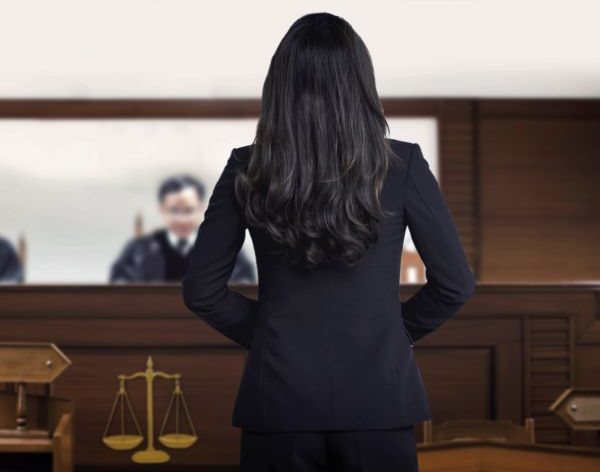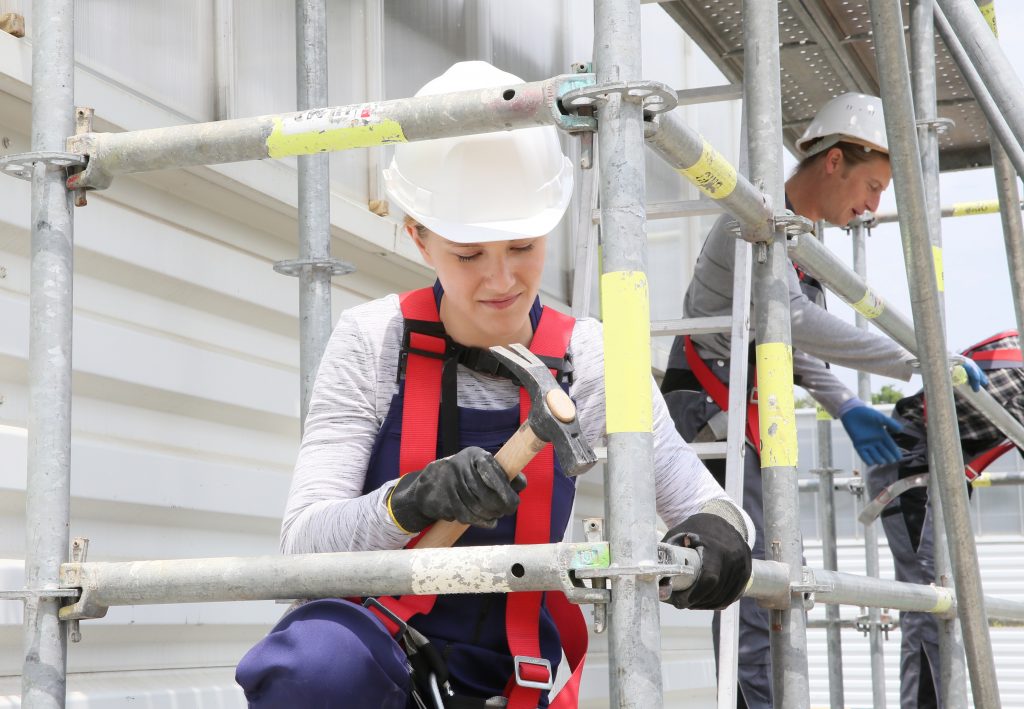From “Catch-22” to Equal Justice: How the Lack of Representation in Court Endangers Domestic Violence Victims

In this report, based on data collected in almost 3,000 intimate partner protective order hearings from 2011-2018, Court Watch examines the impact on the outcomes of final protective order hearings when petitioners represent themselves. In this long-term study, a full 46% of petitioners appeared alone, yet our data indicate that significantly fewer of them have their orders granted than those accompanied by an advocate or attorney and are three time more likely to dismiss their cases than petitioners with court support and less likely to receive orders that address the specific needs of victims and their families.
Moreover, our data show that no cost advocates trained in domestic violence have an impact equal to lawyers in helping victims obtain orders and key provisions. Acknowledging that self-representation gives victims who cannot afford an attorney an opportunity to go it alone as well as the abundant self
help and legal resources available to victims who use this option, we nevertheless conclude that equal
access to justice is not served when victims must represent themselves, a problem not unique to Montgomery County. We recommend that all domestic violence victims who desire it but cannot afford an attorney are ensured free assistance to representation (either an advocate or pro bono lawyer) by the State of Maryland.
Critical Scaffolding: Strengthening Maryland’s transitional financial support for domestic violence survivors and their children

In 1992, the Maryland General Assembly gave judges the power to require respondents in protective orders to pay emergency family maintenance (EFM) if the victim demonstrates need and the respondent has sufficient income. Rarely awarded in cases where there are no children, the intent behind EFM was to provide maintenance to petitioners who have children in common with abusers so they can meet the basic needs of their families during the pendency of an order and not be reduced to penury and forced to their abuser’s unsafe environment. This two-year study, from September 2015 to April of 2017, seeks to determine why only a quarter of final protective orders involving children were awarded EFM and to identify barriers that may prevent eligible survivors getting the financial help they need and are entitled to ensure their safety.
Protecting Victims of Domestic Violence in Montgomery County: Challenges and Opportunities with Protective and Peace Orders

In this report, Court Watch’s first, we examine data collected by our volunteer monitors in District Court
protective and peace order hearings between January and July of 2011. While we document the
behavior of judges and court employees and are concerned by the rudeness and dismissiveness of a
small number of judges and bailiffs, that is not the bulk of this report. Using the nationally recognized
“Guide to Improving Practice” as our reference, we identify several fundamental best practices that
impact the short and long-term safety of victims and the likelihood of their returning to court and assess
how often judges utilize them.